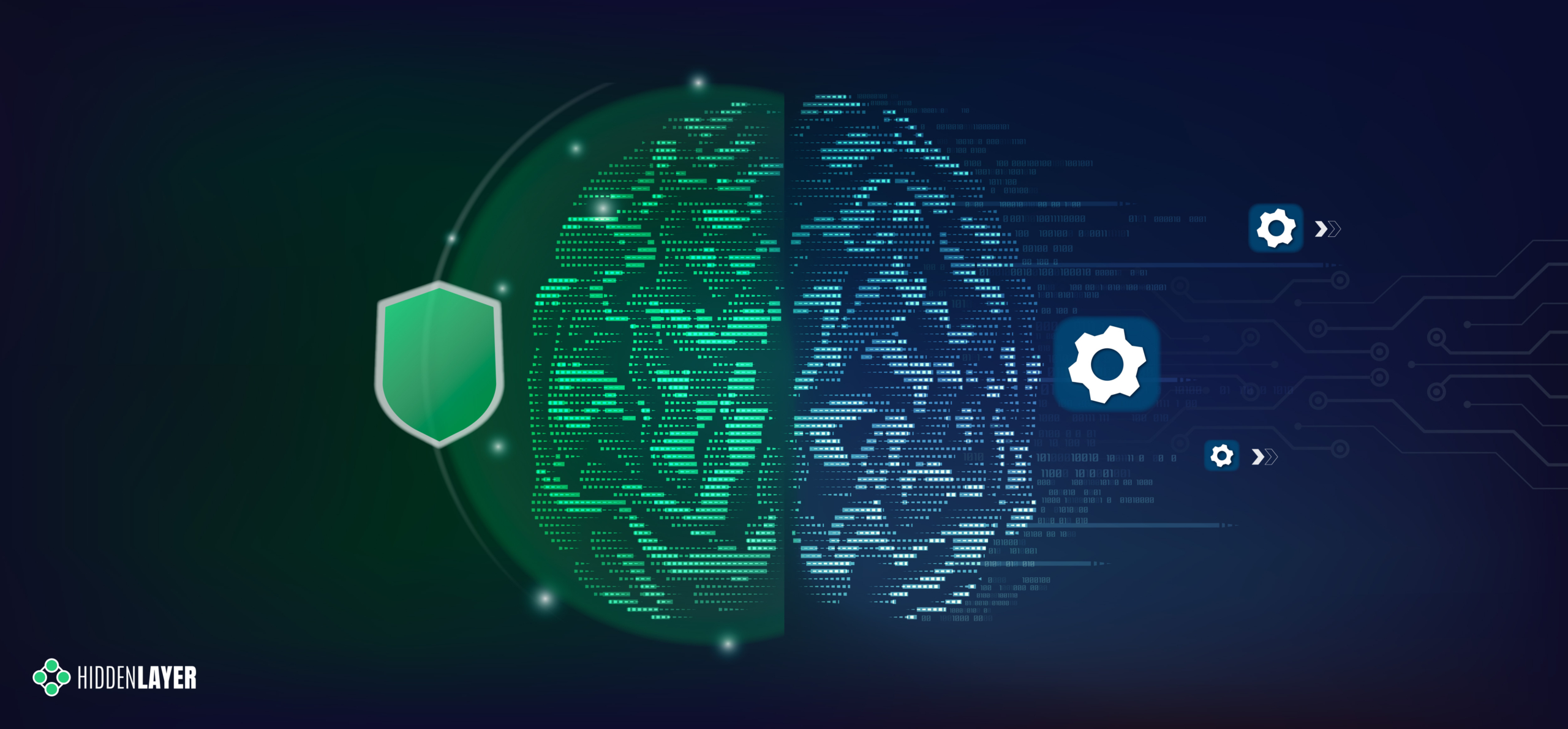When we talk about securing AI, it’s important to distinguish between two concepts that are often conflated: Security for AI and AI Security. While they may sound similar, they address two entirely different challenges.
What Do These Terms Mean?
Security for AI refers to securing AI systems themselves. This includes safeguarding models, data pipelines, and training environments from malicious attacks, and ensuring AI systems function as intended without interference.
- Example: Preventing data poisoning attacks during model training or defending against adversarial examples that cause AI systems to make incorrect predictions.
AI Security, on the other hand, involves using AI technologies to enhance traditional cybersecurity measures. AI Security harnesses the power of AI to detect, prevent, and respond to cyber threats.
- Example: AI algorithms analyze network traffic to identify unusual patterns that signal a breach in traditional software.
Security for AI focuses on securing AI itself, whereas AI security utilizes AI to help enhance security practices. Understanding the difference between these two terms is crucial to making safe and responsible choices regarding cybersecurity for your organization.
The Real-World Impact of Overlooking Differences
Many organizations focus solely on AI Security, assuming it also covers AI-specific risks. This misconception can lead to significant vulnerabilities in their operations. While AI Security tools excel at enhancing traditional cybersecurity—detecting phishing attempts, identifying malware, or monitoring network traffic for anomalies—they are not designed to address the unique threats AI systems face.
For example, data poisoning attacks target the training datasets used to build AI models, subtly altering data to manipulate outcomes. Traditional cybersecurity solutions rarely monitor the training phase of AI development, leaving these attacks undetected. Similarly, model theft—where attackers reverse-engineer or extract proprietary AI models—exploits weaknesses in model deployment environments. These attacks can result in intellectual property loss or even malicious misuse of stolen models, such as embedding them in adversarial tools.
Bridging this gap means deploying Security for AI in order to protect AI Security. It involves monitoring and hardening AI systems at every stage—from training to deployment—while leveraging AI Security tools to defend broader IT environments. Organizations that fail to address these AI-specific risks may not realize the gap in their defenses until it’s too late, facing both operational and reputational damage. Comprehensive protection requires acknowledging these differences and investing in strategies that address both domains.
The Limitations of Traditional AI Security Vendors
As Malcolm Harkins, CISO at HiddenLayer, highlighted in his recent blog shared by RSAC, many traditional AI Security vendors fall short when it comes to securing AI systems. They often focus on applying AI to existing cybersecurity challenges—like anomaly detection or malware analysis—rather than addressing AI-specific vulnerabilities.
For example, a vendor might offer an AI-powered solution for phishing detection but lacks the tools to secure the AI that powers it. This gap exposes AI systems to threats that traditional security measures aren’t equipped to handle.
Services That Address These Challenges
Understanding what each type of vendor offers can clarify the distinction:
Security for AI Vendors:
- AI model hardening against adversarial attacks, like red teaming AI.
- Monitoring and detection of threats targeting AI systems.
- Secure handling of training data and access control.
AI Security Vendors:
- AI-driven tools for malware detection and intrusion prevention.
- Behavioral anomaly monitoring using machine learning.
- Threat intelligence powered by AI.
Understanding the Frameworks
Both Security for AI and AI Security have their own respective frameworks tied to them. While Security for AI frameworks protect AI systems themselves, AI Security frameworks focus on improving broader cybersecurity measures by leveraging AI capabilities. Together, they form a complementary approach to modern security needs.
Frameworks for Security for AI
Organizations can leverage several key frameworks to build a comprehensive security strategy for AI, each addressing different aspects of protecting AI systems.
- Gartner AI TRiSM: Focuses on trust, risk management, and security across the AI lifecycle. Key elements include model interpretability, risk mitigation, and compliance controls.
- MITRE ATLAS: Maps adversarial threats to AI systems, offering guidance on identifying vulnerabilities like data poisoning and adversarial examples with tailored countermeasures.
- OWASP Top 10 for LLMs: Highlights critical risks for generative AI, such as prompt injection attacks, data leakage, and insecure deployment, ensuring LLM applications remain safe.
- NIST AI RMF (AI Risk Management Framework): Guides organizations in managing AI-driven systems with a focus on trustworthiness and risk mitigation. AI Security applications include ethical deployment of AI for monitoring and defending IT infrastructures.
Combining these frameworks provides a comprehensive approach to securing AI systems, addressing vulnerabilities, ensuring compliance, and fostering trust in AI operations.
Frameworks for AI Security
Organizations can utilize several frameworks to enhance AI Security, focusing on leveraging AI to improve cybersecurity measures. These frameworks address different aspects of threat detection, prevention, and response.
- MITRE ATT&CK: A comprehensive database of adversary tactics and techniques. AI models trained on this framework can detect and respond to attack patterns across networks, endpoints, and cloud environments.
- Zero Trust Architecture (ZTA): A security model emphasizing “never trust, always verify.” AI enhances ZTA by enabling real-time anomaly detection, dynamic access controls, and automated responses to threats.
- Cloud Security Alliance (CSA) AI Guidelines: Offers best practices for integrating AI into cloud security. Focus areas include automated monitoring, AI-driven threat detection, and secure deployment of cloud-based AI tools.
Integrating these frameworks provides a comprehensive AI Security strategy, enabling organizations to detect and respond to cyber threats effectively while leveraging AI’s full potential in safeguarding digital environments.
Conclusion
AI is a powerful enabler for innovation, but without the proper safeguards, it can become a significant risk, creating more roadblocks for innovation than serving as a catalyst for it. Organizations can ensure their systems are protected and prepared for the future by understanding what Security for AI and AI Security are and when it is best to use each.
The challenge lies in bridging the gap between these two approaches and working with vendors that offer expertise in both. Take a moment to assess your current AI security posture—are you doing enough to secure your AI, or are you only scratching the surface?




